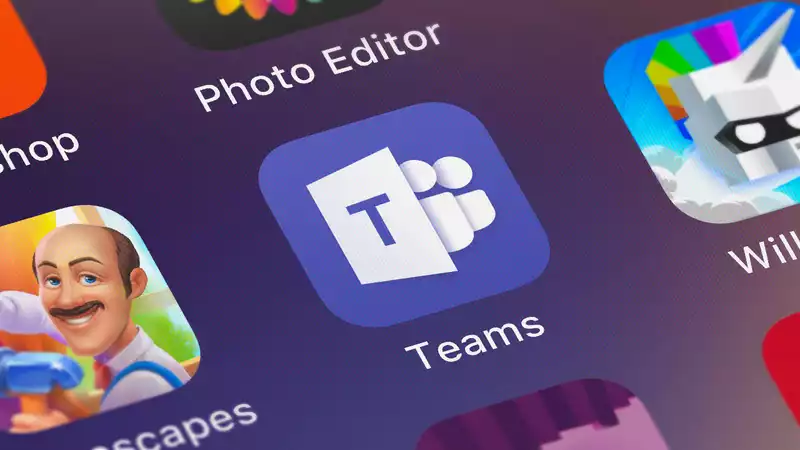Microsoft is planning a series of major updates to Microsoft Teams to smooth the transition to hybrid ways of working.
While some people in Covid-19 controlled countries are currently back in the office or thinking about returning, many will likely transition to a mix of telecommuting and office work days. Microsoft recognizes this and is working on a series of new features to "put everyone on an equal footing" wherever they work.
"To work effectively in a hybrid or asynchronous model, you need a super-rich canvas that creates and maintains context before, during, and after meetings," Jared Spataro, corporate vice president of Microsoft 365, wrote in an upcoming change he wrote in a blog post explaining the new system.
One way to do this is to introduce dynamic widgets. This would allow workers to create everything from tables to task lists within Teams, work together in real time, and copy and paste data to other chat threads or Outlook while staying in sync.
There are other small but very welcome changes. Messages can now be pinned, so that important information does not get lost in the sea of background chatter. You will also be able to quote the message you are replying to, so that the context of what you are writing is not lost to other chat participants. And you'll be able to automatically import the text into OneNote after the quick catch-up is over and collaborate on meeting notes and action lists.
While these are sensible steps to ensure that remote workers are not put at a practical disadvantage when collaborating with teammates in the office, Microsoft is also trying to address a more difficult to identify issue.
Unintentionally, remote workers are often forgotten when they are not physically present, and Microsoft hopes that changes to the layout of Teams Rooms will help alleviate this problem.
The new design will give remote participants more screen space and allow them to "feel more physically present in the meeting room." If a meeting room has two screens, remote workers will be spread across both, giving them a greater presence.
Elsewhere, the Microsoft Viva Insights app for Teams addresses one of the more elusive issues of remote work: isolation and its impact on mental health. Wellness software Headspace will be integrated into the app later this month, allowing employees to work through guided meditations and mindfulness exercises. Integration with Focus mode will also be offered, with music and timers to help work without distractions. [Malavika Rewari, senior product manager for the Microsoft 365 marketing team, noted that since the pandemic began, Teams has more than doubled the amount of time spent in meetings each week. She said, "In just a few minutes a day, meditation and mindfulness with Headspace can help reduce stress and increase focus.
While such improvements certainly seem beneficial, it remains to be seen how well the cultural change to the way we work will take hold once the virus is fully conquered. Many companies may want their employees back in the office for better collaboration or simply to be closer to their employees. Others seek to save money on buildings and equipment by placing employees in remote locations.
With changes to Teams rolling out over 2021, Microsoft hopes to become the collaboration software of choice, no matter what the final winds may blow.
But it faces a lot of competition on this front: Google is also rolling out updates to Meet, eliminating the need to pay for access to Google Workspace and targeting the world's hybrid workers.










Comments